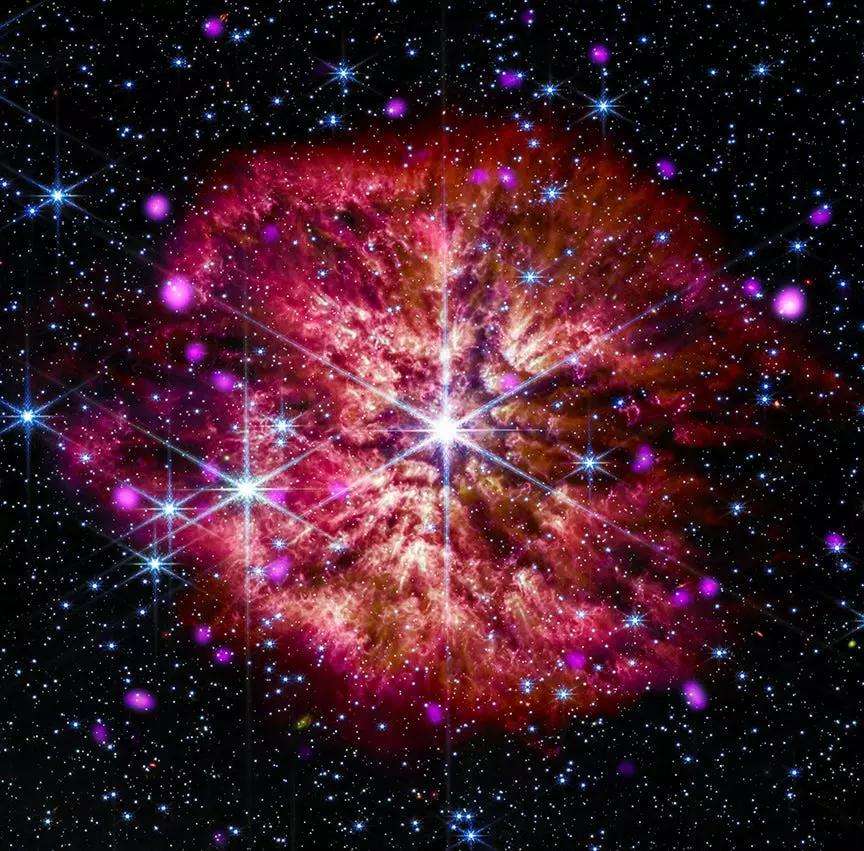Chandra’s first images, showcasing a neutron star within Cassiopeia A, revealed crucial details about the energy output of young neutron stars—information that had been elusive to scientists. “When you build instrumentation that’s 10 times more sensitive than anything that was done before, you’re bound to discover something new and exciting,” said Martin Weisskopf, Chandra project scientist.
Over the years, Chandra has played a pivotal role in studying dark matter, dark energy, and gravitational waves, as well as aiding in the search for habitable exoplanets. Its contributions have been invaluable to the global scientific community.
To celebrate its milestone, Nasa and the Chandra X-ray Center (CXC) have unveiled 25 stunning images and a new video titled “Eye on the Cosmos,” highlighting Chandra’s impact on astrophysics and its ongoing role in expanding our cosmic knowledge.
Looking ahead, Chandra’s data archive remains a valuable resource, with the potential for future discoveries still waiting to be unearthed. “Perhaps its greatest discovery hasn’t been discovered yet,” noted Andrew Schnell, acting Chandra program manager. “It’s just sitting there in our data archive, waiting for someone to ask the right question and use the data to answer it.”
Managed by Nasa’s Marshall Space Flight Center in collaboration with the CXC, Chandra’s legacy continues to inspire future generations of astronomers and astrophysicists. “We’re always trying to put ourselves out of business with the next bit of scientific understanding,” Weisskopf reflected. “But these amazing discoveries have demonstrated how much Nasa’s astrophysics missions still have to teach us.”
Source : Times of India








